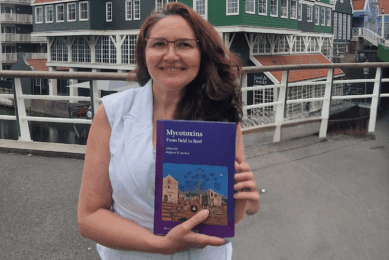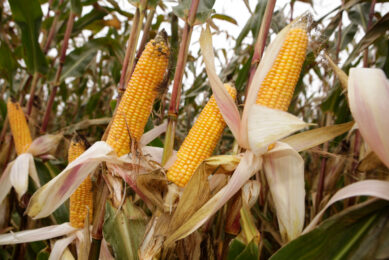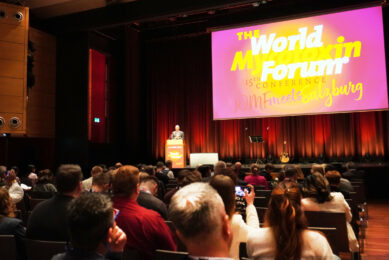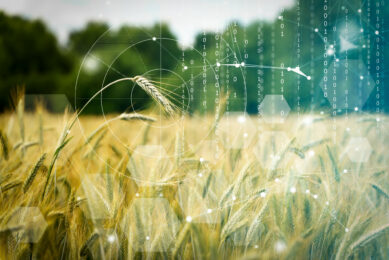Dr Kai Kristoffer Lie: “More research needs to be done on how mycotoxins affect fish”
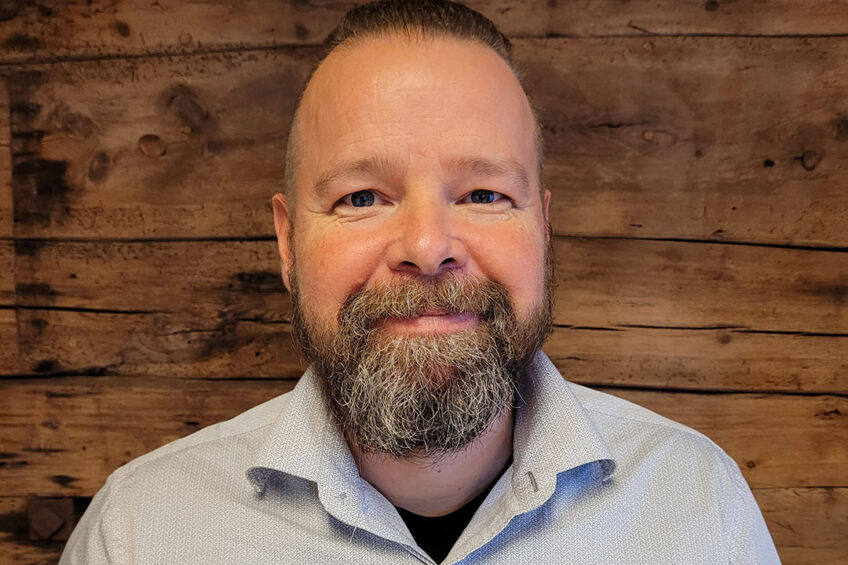
What risks do mycotoxins pose to farmed fish? Dr Kai Kristoffer Lie and colleagues from the institute of Marine Research, Norway, carried out a study to determine the impact of enniatins and beauvericine on salmon health and growth. In this interview he explains more about the study which will also be discussed at the World Mycotoxin Forum.
Could you explain how the aquaculture industry deals with mycotoxin contamination?
That’s a good question, currently there seems to be very little research done on the effect of mycotoxin contamination in marine animals. The guidelines that are applied for animal feed are based mainly on land animals such as poultry and cows. We see that these guidance values and the few studies that have been done, might not always be applicable to fish. Many of the studies that have been carried out generally cover mycotoxins such as DON and zearalenone. There is little research on novel mycotoxins or the lesser-known fat-soluble variants such as enniatins and beauvericin, research and data regarding the long-term effects of mycotoxins is also lacking. At the moment, the guidance values are the best tool we have for ensuring safe feed. However, it is difficult to apply the knowledge or the safe limits from one species to the other, the aquaculture industry needs to establish its own limits for fish species. As far as salmon are concerned, there wasn’t an issue with mycotoxin contamination until the amount of vegetables used in the salmon feed increased. Salmon are carnivorous fish, they eat other small fish, crustaceans, and plankton. In the salmon industry today, there is very little fish left in the diet. The feed is now mainly made up of vegetable proteins and consists of canola or rapeseed oil, instead of fish oil. This where the issue of mycotoxins has arisen.
Sustainability is a big topic in the livestock industry. What is the aquaculture industry doing to shift more towards a sustainable future?
That is a big discussion in the animal industry. So, one sustainable approach for the industry would be to utilise the raw materials directly for feed, feed material that doesn’t meet food grade could be an option. The real dilemma that comes with that is to tackle the issue of mycotoxins, that would be a huge benefit. The focus at the moment is on finding alternative food sources, plant based or other alternatives, so really moving away from the classic marine food sources. My colleagues are currently working with different insects as an alternative protein source.
Your presentation at the WMF will be based on a study you carried out to determine if enniatins and beauvericin pose a threat to the health of farmed fish? Why did you carry out this study and were the results what you expected?
As mentioned earlier, it came down to a lack of knowledge on these mycotoxins and their effect on fish. There were no long-term feeding studies available in fish, no in vitro studies or knowledge on the toxicity of these mycotoxins. In our yearly surveillances that we carry out, we noticed that these mycotoxins were present and highly prevalent in the feed. Most of the oils contained some amount of enniatins and beauvericin. According to our calculations, around 80% of the feed contained enniatins. It seemed to come from the rapeseed oil that was used, on some occasions the readings were very high. This was the main reason for carrying out this particular study. We have carried out a few of studies like this, investigating the potential toxicity of different contaminants in fish feed. In this particular study, after a month and half, we saw the hematocrit levels were decreasing. That was quite a remarkable reduction in red blood cell count, which was surprising to see. As well as a long-term trial we also carried out a short-term feed trial, where we fed the fish and waited 12 hours before taking tissue samples. This study indicated that these mycotoxins affected the heme biosynthesis after only 12 hours. Those levels that we saw in the feed would not only affect the blood values, but also affect the growth of the fish. We suspected that they might have had an effect on growth, but not on the blood parameters.
What do you think could be done to mitigate mycotoxin development in the oil used for fish feed?
Oil is brought in bulk, the same as in the agri- industry. Carrying out more tests to evaluate the quality of the product before it enters the industry would be helpful. Cleaning the oil before use could also be an option, but that would increase the cost. Regarding contaminants in general, there are already several companies that clean their oil, especially marine oil. Marine oil can contain high levels of persistent organic pollutants (POPs) such as dioxins and polychlorinated biphenyls (PCBs). I do not think this is the solution, but it might be an option. The agriculture industry is also working hard on developing other mitigating solutions such as adding mycotoxin binders to the feed. This has also gained increasing interest in the aquaculture industry.
Dr Lie will give his presentation in the ’ Mycotoxin and animal health’ session at the World Mycotoxin Forum. His presentation is titled ’ Could enniatins and beauvericin pose a threat to the health of farmed fish? Mechanisms of toxicity and health outcomes.
Join 13,000+ subscribers
Subscribe to our newsletter to stay updated about all the need-to-know content in the dairy sector, two times a week.



